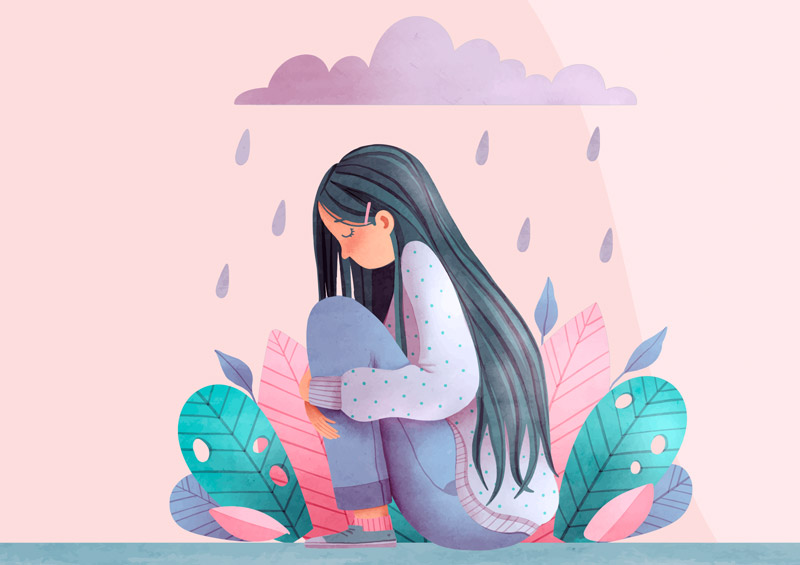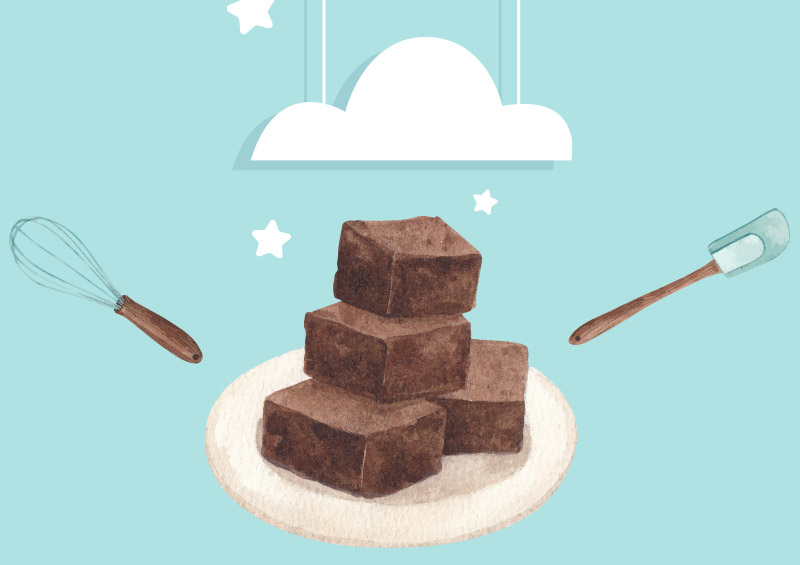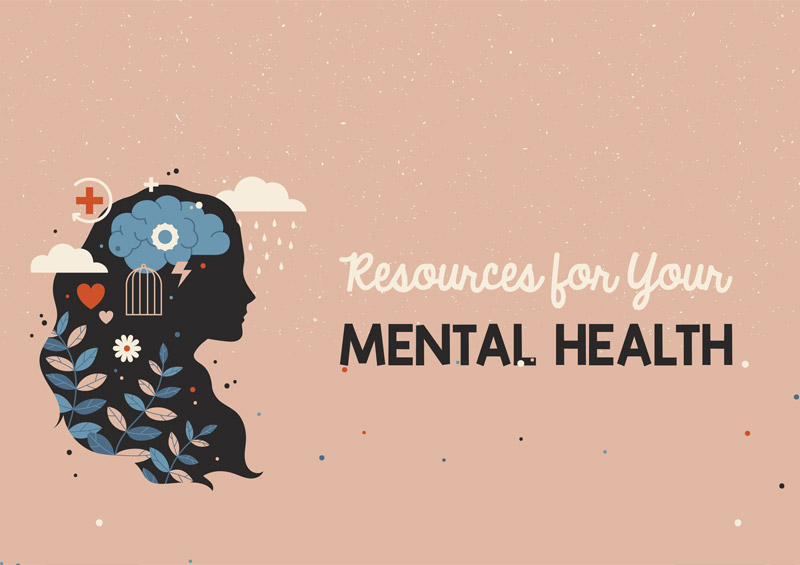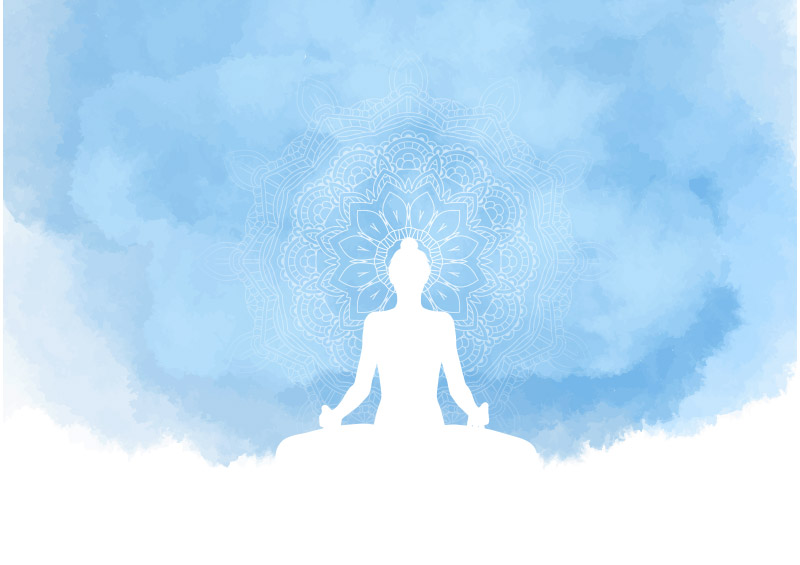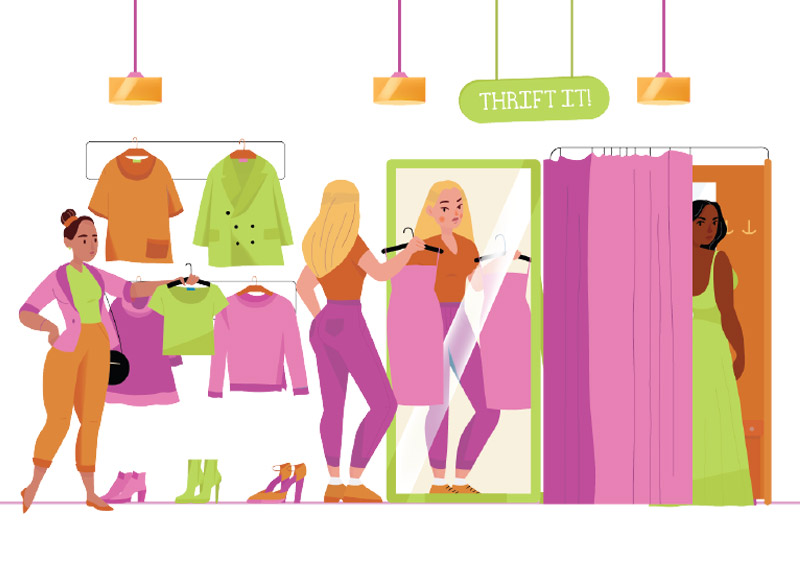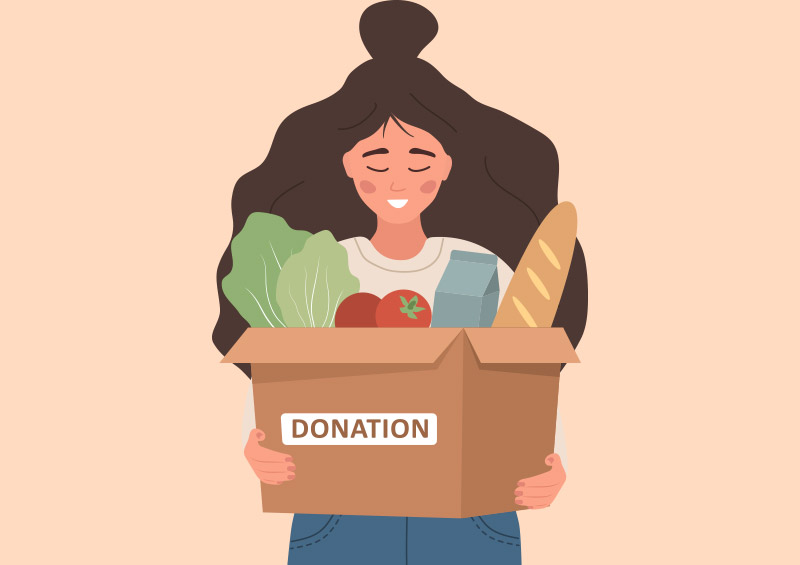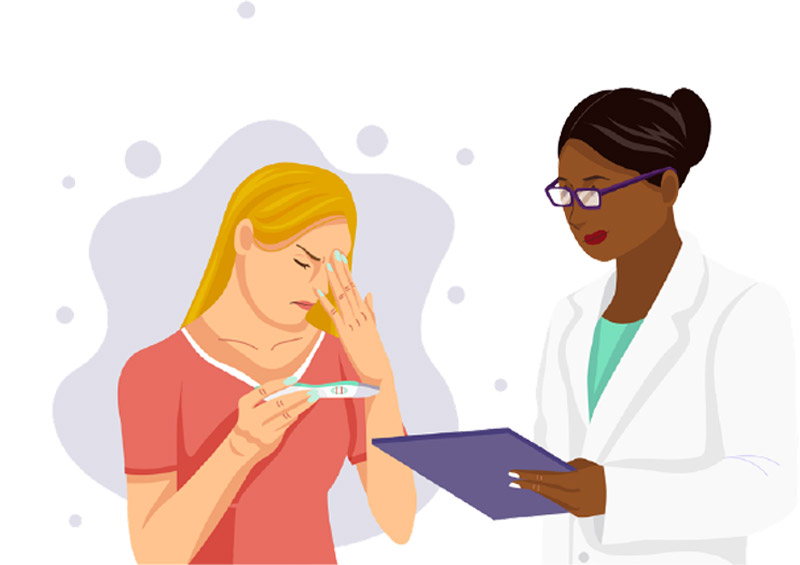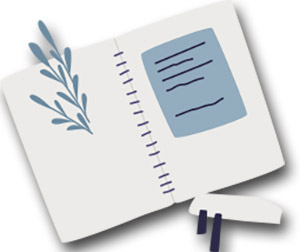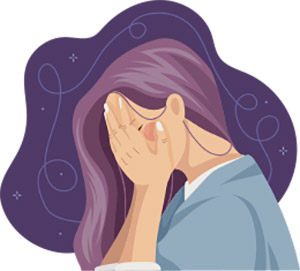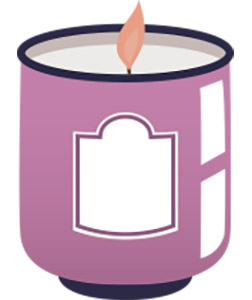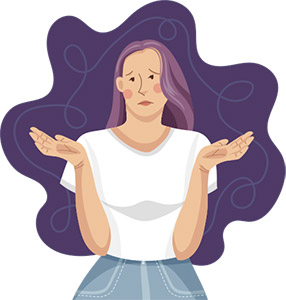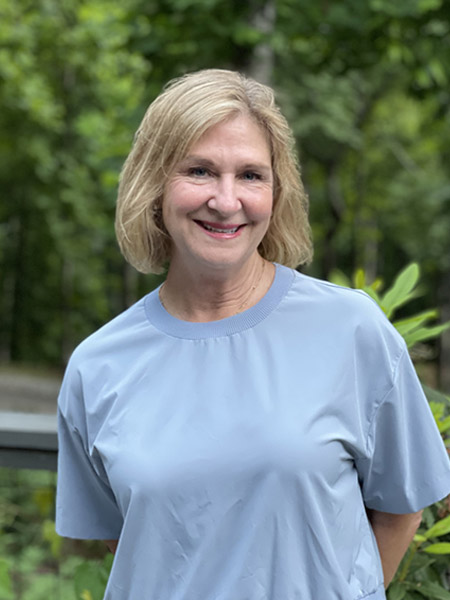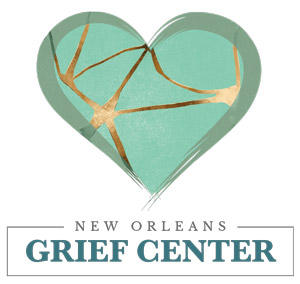What is grief? I could give you a formal definition from the dictionary, but in my own personal experience, and in my work as a counselor, I define grief as:
The constellation of feelings and thoughts that come with an ending, beginning, transition, or change.
Grief is most often associated with death. While the loss of someone close is profound, it is not the only time we experience grief. Feelings of sadness, shock, anger, yearning, fear, anxiety, disappointment, guilt, regret, shame, or rejection can occur with many types of losses. When looking at life through a grief lens, every beginning has an end and every end a beginning. Breaking up with a friend or partner, moving to a new home or school, having an incarcerated parent, going through a divorce in the family… these are all examples of life events that can cause grief.
Our culture tends to tell us to “fix” negative feelings, and depending on the family communication style we were raised in, we may have learned that it is not okay to express our emotions. This can make it difficult to process how we are feeling.
As time continues without addressing feelings around a significant loss event, pent-up emotions can begin to surface in other ways, like acting out or engaging in potentially dangerous behavior such as sexual risk-taking or substance misuse. Often, adults do not make this connection. There is a saying that “time heals all wounds,” but some would argue that “time conceals all wounds.”
Grieving happens internally; mourning is the outward expression of our grief. When we don’t have a safe place or tools to mourn, we are forced to hold it all inside, which can lead to distress and even illness. Some would argue that we cannot move forward without safely expressing our thoughts and feelings, that there is no healing without moving through these uncomfortable experiences.
What recent research shows us is that the only way to move through grief is by feeling ALL the feelings around the loss. This may even include feelings that aren’t negative. For instance, if a person dies who was causing major disruption or was abusive, we may feel relieved. There might be things about a person we do not miss. That is okay, but we don’t always have a safe space to process these thoughts and feelings.
It is important to find that space through therapy, spiritual practice, or conversations with a trusted adult that will allow you to feel any and all of your emotions. Everyone grieves and mourns differently. You are allowed to feel whatever you are feeling.
Although the grief process is very personal and individual, it can be helpful to understand how people generally are able to move through grief. The psychologist J. William Worden developed a model for supporting people who are coping with the death of a loved one called “Four Tasks of Mourning”:
Task #1: Accepting the Reality of the Loss
The ability to come to terms with the loss is influenced by the circumstances surrounding the loss, the person’s age at the time of loss, how the loss is talked about in the family and community, and cultural norms around death and feelings. Some people, particularly children and young adults who struggle to express what the loss means to them, get stuck in the experience of the death and the trauma of the loss.



